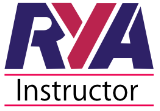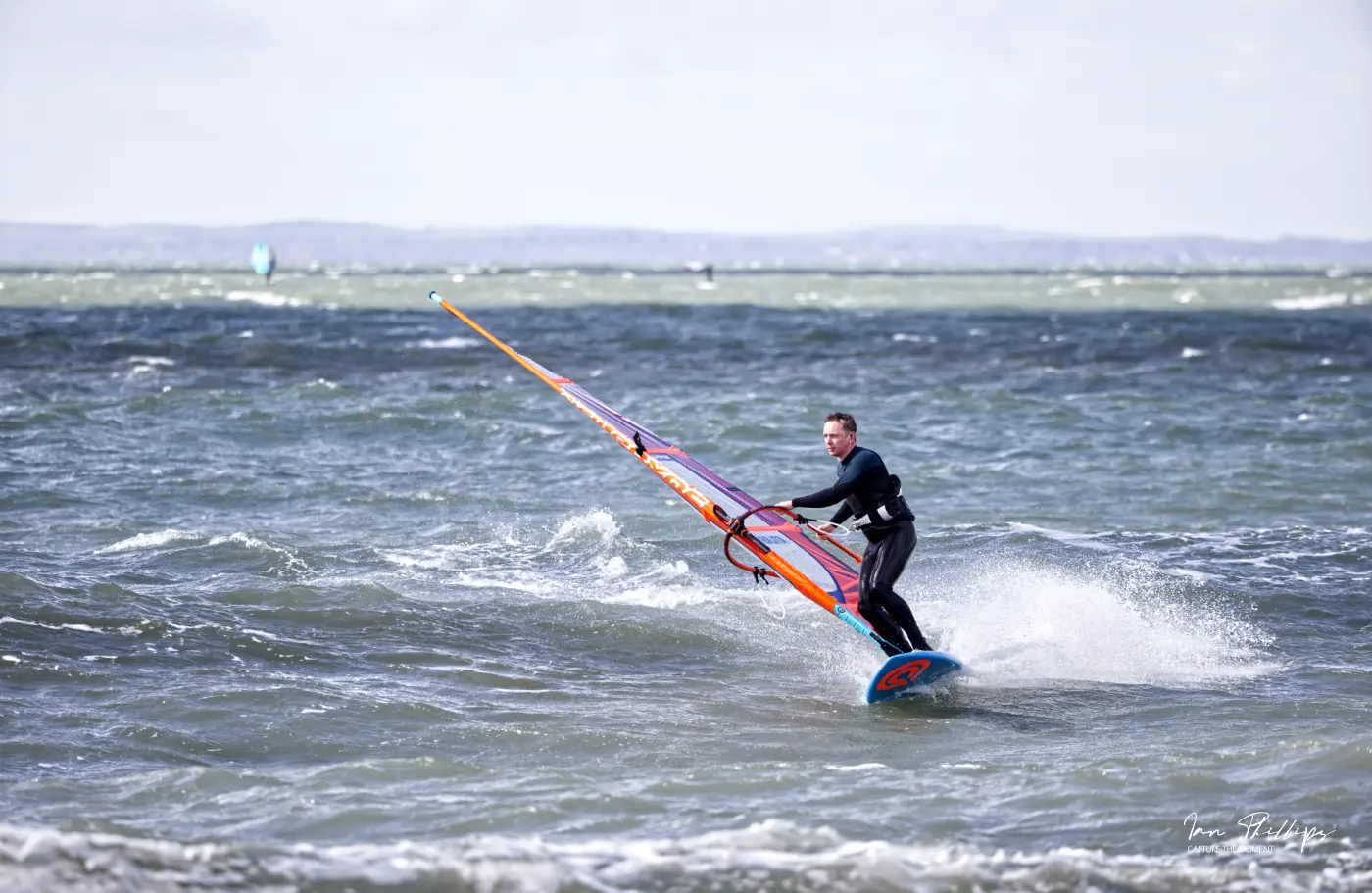Thickness: the thicker the board generally means it will have less flex, which is a good thing. You really don’t want a board that bends and bounces as you paddle and move about.
If you think about it the reasons are obvious, but we’ll highlight them here.
 When you pump up a board you can put in as much air as you like, but generally the manufacturer has made some sort of guideline. You want the board to be hard underfoot, as hard as possible. Any springiness will simply resonate through the board and give you a weird feeling of walking on air. This feeling detaches you from the feeling of the water so you’re unable to really connect and feel what’s going on.
When you pump up a board you can put in as much air as you like, but generally the manufacturer has made some sort of guideline. You want the board to be hard underfoot, as hard as possible. Any springiness will simply resonate through the board and give you a weird feeling of walking on air. This feeling detaches you from the feeling of the water so you’re unable to really connect and feel what’s going on.
The harder you pump the board means the tighter those little strands are inside it and add that to a thicker hull will in turn give a stiffer and less flexible board. That said, there’s always a limit so common sense needs to play a part here.
Rails: An important part of any board, the rails are the edges that on a hard board would be a mix of hard/sharp or soft rounded edges. Due to the nature of inflatables, rails are generally soft and rounded with very little biting edge to them.
Nose and tail: All boards have a nose and tail, but they’re not just an add on. The nose and tail shapes goes a long way to determining the boards appearances, but more importantly its performance and usage type.
A more pin tail or pointed tail that is coming to a narrow tip may be quicker as it is more streamlined in the release, but also makes it harder to do turns as you step back due to the narrower width. Compare that to wider or squared off tail and you’ll find way more stability, but drag will be increased and overall a slower speed will be achieved.
Skins: Boards come as either double or single skin. The single skin board are often a bit lighter, but they are more prone to damage and flex so are not such a long term option and certainly not suitable for open water use or rougher activities such as waves or whitewater.
Fins: You will either get pop in fins or a proper fin box into which you could fit a better windsurf type fin if necessary. The general fins supplied are often a flexible plastic. They are quite ok for day to day use, but you might like to try something for certain conditions for more straight line stability or even weed clearance in the summer.
Fittings: Most boards come with a towing eye, tail ring and front luggage straps. Nothing much to say but I have seen some cheaper boards where the towing eyes were attached using the thinnest cut off material that would never hold under strain. Luggage tie downs nee to be well spaced so can utilise them to hold a ruck sack. Carry handle needs to be positioned so when you pick up the board it is balanced.
Summary
All boards are not made equal! China has a great habit of copycatting products of any type, but with something as important as an inflatable sup you need to make sure the attention to detail has gone into it and the quality control has been applied.
Buying an inflatable sup from a company who has control over the company who actually manufactures the board is useful as they will cut corners where possible.
I’m personally a huge fan of the Jimmy Lewis and GA inflatable sups as both brands have seriously big reputations in the watersports industry. They need to maintain that rep and won’t let it slide on their inflatable paddle boards.




